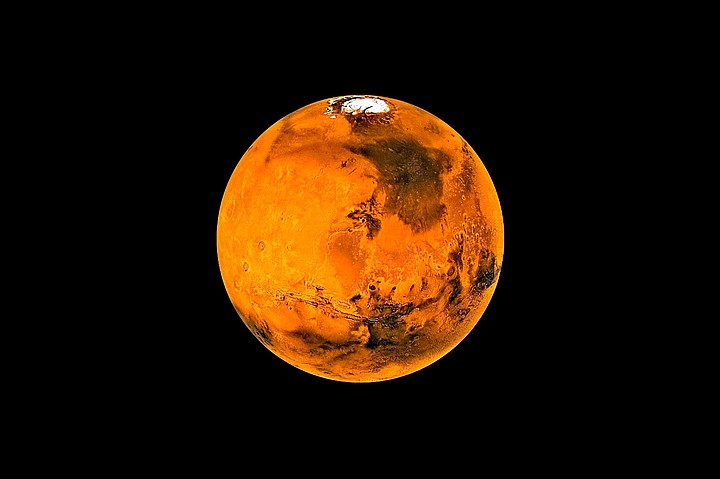 Facebook
Facebook
 X
X
 Instagram
Instagram
 TikTok
TikTok
 Youtube
Youtube

Earliest Sunset (4:42 p.m. from San Diego) occurs Monday, December 3 or 4, a date that is not coincident with the shortest day (winter solstice – December 21) because of factors relating to the non-circular shape of Earth’s orbit around the sun and the tilt of Earth’s rotational axis. Because of the elliptical orbit of the earth, when the earth is closer to the sun, its orbit is quicker. Because of the rotational axis of the earth, a solstice occurs when one of the poles is leaning towards the sun, while an equinox occurs when neither pole is leaning towards the sun. Our clocks are set so that every day is exactly 86,400 seconds, but in reality, the solar day can be up to 22 seconds shorter or 29 seconds longer than 24 hours. Early December is a good time to view the setting sun from the spectacular vantage point of Cabrillo National Monument at the tip of Point Loma. During most of the year, you can’t do that, since sunset occurs well after the park’s closing time of 5 pm.

Liquidambar Trees, or sweet gums, the colorfully deciduous trees gracing front yards, parks, and campuses throughout the San Diego area, have been putting on a good show for the past month. The maplelike leaves of some varieties have turned from green to purple to red; the leaves of other varieties have faded to a golden yellow. Still other varieties will hold on to their leaves until the New Year. Most will regain their foliage by late February.

Mars is closest to Earth exactly at 6pm on November 30, its closest until 2033. But for all practical purposes, it’s just as close for at least a week before and after. Rounded to the nearest tenth of an arcsecond, Mars stays 17.2 arcseconds in diameter from November 28th through December 4th.


Earliest Sunset (4:42 p.m. from San Diego) occurs Monday, December 3 or 4, a date that is not coincident with the shortest day (winter solstice – December 21) because of factors relating to the non-circular shape of Earth’s orbit around the sun and the tilt of Earth’s rotational axis. Because of the elliptical orbit of the earth, when the earth is closer to the sun, its orbit is quicker. Because of the rotational axis of the earth, a solstice occurs when one of the poles is leaning towards the sun, while an equinox occurs when neither pole is leaning towards the sun. Our clocks are set so that every day is exactly 86,400 seconds, but in reality, the solar day can be up to 22 seconds shorter or 29 seconds longer than 24 hours. Early December is a good time to view the setting sun from the spectacular vantage point of Cabrillo National Monument at the tip of Point Loma. During most of the year, you can’t do that, since sunset occurs well after the park’s closing time of 5 pm.

Liquidambar Trees, or sweet gums, the colorfully deciduous trees gracing front yards, parks, and campuses throughout the San Diego area, have been putting on a good show for the past month. The maplelike leaves of some varieties have turned from green to purple to red; the leaves of other varieties have faded to a golden yellow. Still other varieties will hold on to their leaves until the New Year. Most will regain their foliage by late February.

Mars is closest to Earth exactly at 6pm on November 30, its closest until 2033. But for all practical purposes, it’s just as close for at least a week before and after. Rounded to the nearest tenth of an arcsecond, Mars stays 17.2 arcseconds in diameter from November 28th through December 4th.
Comments